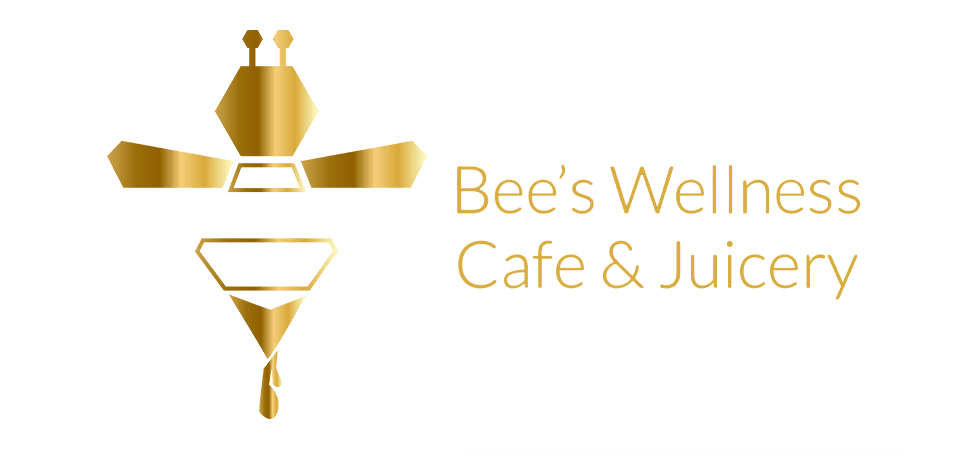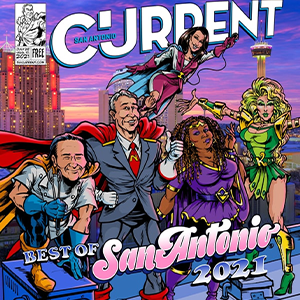Love ’em or hate ’em, Trump made 99% of cannabis legal when he signed the 2018 Farm Bill. Here’s how.
By: David Richie – not affiliated with any political party.
When President Trump signed the 2018 Farm Bill, he unknowingly opened the doors wide for legal cannabis, a move that has significant implications for enthusiasts and medicinal users alike. Let’s dig in and see if we can take the guesswork out of what is and is not legal here in Texas regarding cannabis.
Firstly, it’s important to understand that whether labeled as marijuana or hemp, both are the cannabis plant. The main intoxicating component traditionally associated with cannabis is Δ9-tetrahydrocannabinol (Δ9-THC). However, cannabis, in its raw, fresh form out in the field, naturally contains very little of this active Δ9-THC. Instead, it’s rich in tetrahydrocannabinolic acid (THC-A), a non-intoxicating precursor that doesn’t produce the “high” associated with Δ9-THC until it is decarboxylated (heated).
The 2018 Farm Bill redefined hemp, distinguishing it from marijuana based on its Δ9-THC content and not on its industrial use. Hemp is classified as cannabis containing less than 0.3% Δ9-THC by dry weight. Crucially, the legislation doesn’t address the content of tetrahydrocannabinolic acid (THC-A). This “oversight” means that hemp can legally contain high levels of THC-A, provided the Δ9-THC content remains below the 0.3% threshold. This subtle distinction opened up new avenues for cultivating hemp that is both high in CBD and THC-A without crossing the legal threshold of Δ9-THC. Hemp is no longer the industrial hemp of the early 1900s but any cannabis below 0.3% active Δ9-THC.
In “legal” states, such as Colorado, cannabis farmers are not concerned with how much THC-A converts into Δ9-THC in the growing process; in fact, they encourage it. They do not care if the sun or the lighting they are using is converting some of the THC-A above 0.3% active THC. Farmers are allowing the conversion of THC-A to THC in the growing process, which produces very potent strains of THC-rich cannabis or marijuana. However, if you know how to grow cannabis to keep the THC-A from converting to above 0.3% Δ9-THC in the growing process until tested, then you have HEMP. This hemp, for it to be legal in Texas, has to have below 0.3% active Δ9-THC, but the law does not prohibit nor even discuss THC-A. Cannabis with high quantities of CBD and THC-A are arguably more medicinal than the high-potent THC strains found in “legal” states.
Moreover, the farmers in legal states are not only allowing the conversion of THC-A to the active THC but also reducing the amount of CBD from very little to zero CBD. The highly potent cannabis found in legal states such as Colorado may be suitable for cancer patients and patients experiencing high pain or end-of-life care. But for those of us with everyday anxiety, aches and pains, and sleep disorders, you may want to make the switch to legal, more medicinal THC-A. Strains with little to no CBD are known to cause anxiety and paranoia and not relieve it.
One can distinguish between high-potency THC flower and hemp by their physical appearance. High-potency THC flower, or marijuana, can easily be identified due to its crystallization—a sparkling, frosty look resulting from the trichomes containing high levels of THC. In contrast, hemp typically does not exhibit this crystallization, appearing less shiny and less resinous, as it contains lower levels of THC and higher levels of CBD.
My journey with cannabis, which I embarked on at the tender age of 14—shared with my wife, Blazey, who also discovered its wonders at the same age—was initially fueled by an innocent fascination, unaware of the intricate dance between CBD and THC. I learned the truth behind these components through years of deep research and personal experience. Contrary to the common belief that higher THC levels equate to a more soothing experience, my path revealed a different reality. For individuals like myself, and as I’ve come to find many others, cannabis rich in THC without the balancing act of CBD induces anxiety rather than the sought-after calm. This revelation has profoundly influenced the ethos behind Bee’s Wellness Café, where we champion cannabis varieties rich in CBD and THC-A, akin to the strains of our youth. Our mission is rooted in returning to what cannabis originally offered: calm, inspiration, and a truly balanced experience. This commitment is born from a deep understanding that the quest for high-potency THC, without the harmony of CBD, often leads to discomfort rather than the desired tranquil state. It’s a lesson learned through years of experience and research, guiding our selection to cater to those seeking the genuine, calming essence of cannabis, debunking the myth that marijuana and not hemp is universally better.
At Bee’s Wellness Café, we are passionate about offering our customers access to high-quality legal cannabis. For those of us, like myself, who are more sensitive to the anxious effects of Δ9-THC, the option to choose legal cannabis with higher levels of CBD and THC-A is a game-changer. It harks back to a time when cannabis naturally contained a balance of these compounds, providing a harmonious effect that supported well-being without overwhelming the senses.
We encourage you to visit Bee’s Wellness Café for a personalized exploration and a free cannabis consultation.
Remember, while THC-A is legal and beneficial, it is crucial to understand the legal implications of its use. THC-A becomes illegal once decarboxylated (heated). Note that this information is for educational purposes and should not be considered legal or medical advice.


